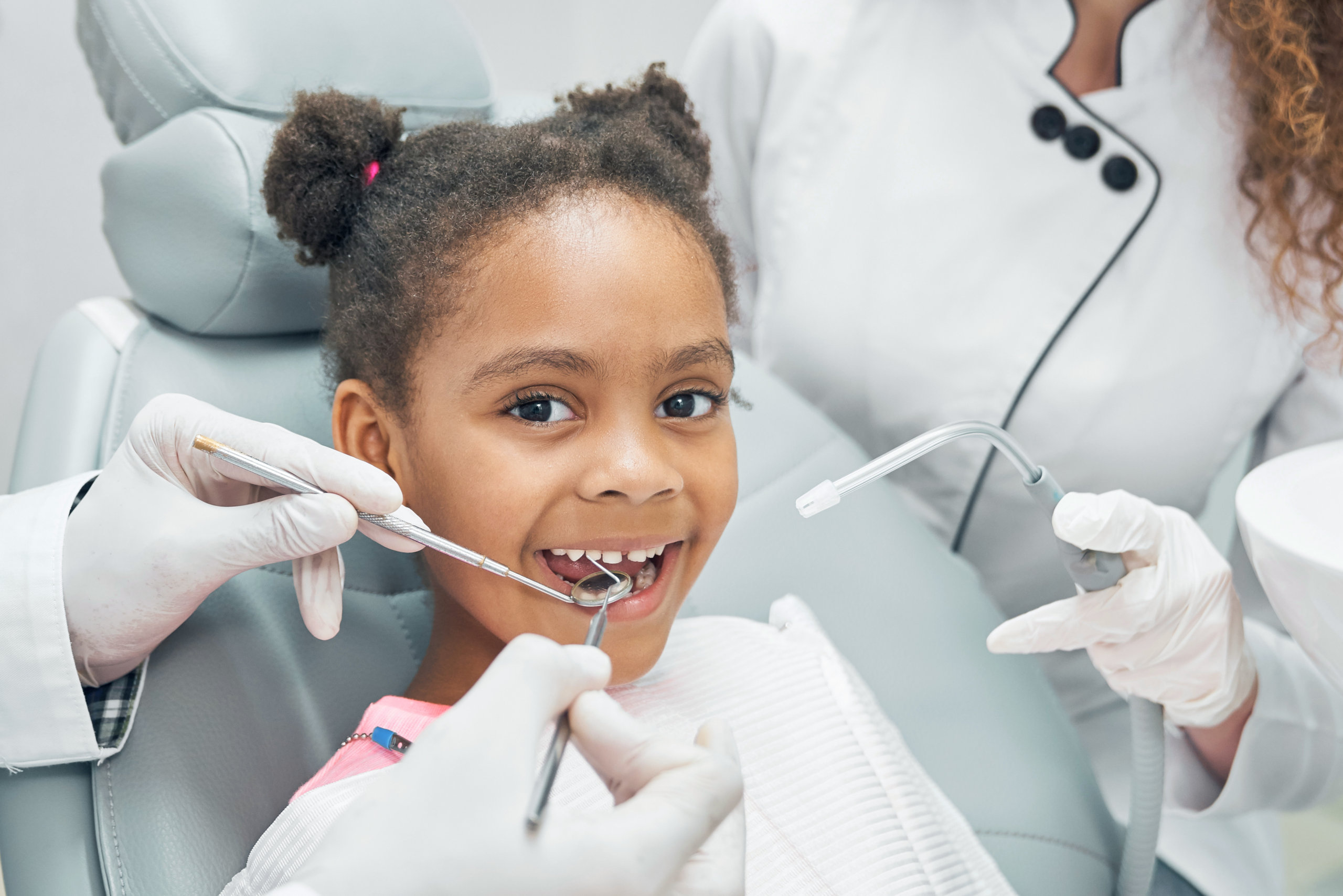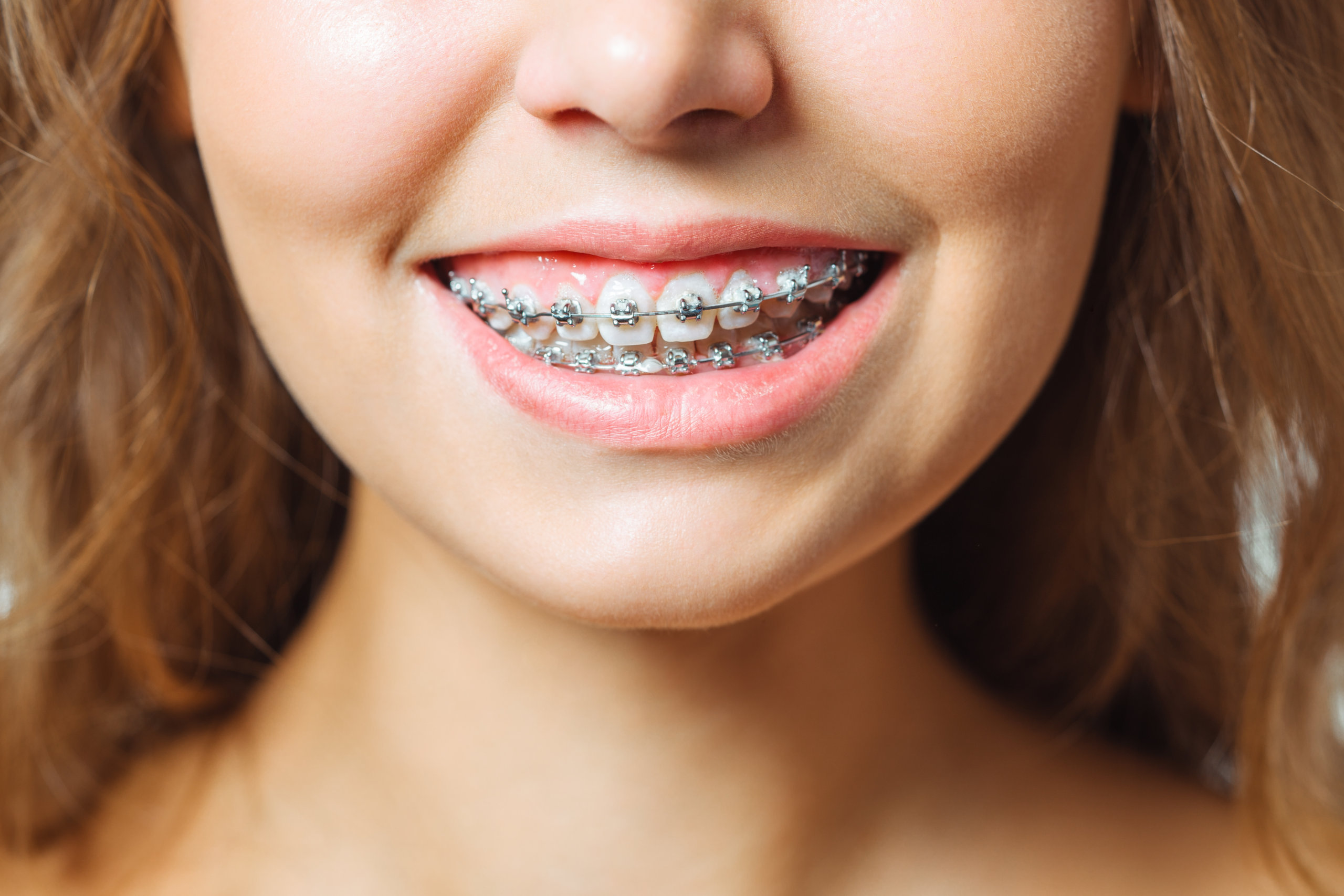Breaking The Habit Of Thumb Sucking And Pacifier Use

Thumb sucking and pacifier use are actually very comforting to babies and young children, so you don’t want to discourage a child from doing these things too early. Eventually, however, these can become habits and can start to impact your child’s “bite.” If that happens, you may be sending your child to visit an orthodontist in Melbourne when they become a teenager. Here’s what you should know about thumb sucking and pacifier use, and how to break the habit as your child grows older.
Why Young Children Suck Their Thumbs or Pacifiers
It’s pretty easy to understand why babies and infants suck on their thumbs or a pacifier. The sucking reflex is how they take in nourishment in the form of breast milk or bottle formula. That same reflex is extremely comforting and can help them (and their tired parents) fall asleep. Thumb sucking and pacifier use are perfectly normal for the first few months of a baby’s life. It’s after the baby’s teeth start coming in that the thumb or pacifier can become a damaging habit.
Risks of Long-Term Thumb and Pacifier Sucking
If a child’s permanent teeth start to come in, habitual thumb-sucking and pacifier use can affect the shape of the child’s mouth. It can also affect the direction their upper teeth come in. Misaligned teeth mean that you’ll likely be looking for Dr. Valderrama, our orthodontist in Viera/Suntree in Melbourne when the child gets older. Children that have made an intense habit of thumb sucking and/or pacifier use will have a more dramatic impact on their teeth. If the habit is broken before the permanent teeth come in, the child’s bite may correct itself on its own.
Proper Age to End Thumb Sucking & Pacifier Use
Some pediatric dentists and orthodontist recommend ending the habit by age 2. The American Academy of Pediatrics recommends weaning children off of thumb sucking and pacifier use no later than age 4, at the latest. Although, a child could most definitely give up the habit willingly much earlier.
Tips for Weaning Your Child Off the Pacifier
-
- Cut the Pacifier: Poking a hole in a pacifier or shortening it by 1/4- to 1/2-inch with a pair of scissors can make a child lose interest in the habit. They won’t get the same sucking sensation from it and sometimes this is enough to get them to abandon the habit.
- Give It Away: If you have a friend with a younger baby, you can encourage your child to “give” their pacifier away as an act of kindness and generosity. This can be an effective way of getting your child to “let go” of the pacifier. Your friend can then just throw the pacifier away.
- Get Creative: If you have sewing skills, sew the pacifier into a favorite stuffed animal’s mouth. Then you have a handy excuse to explain to the child that the pacifier is currently unavailable for use. The stuffed animal is now enjoying it!
- “Lose” It: The “Oops! Mommy and daddy lost the binkie on accident” excuse can work wonders as well. It may result in some short-term tears, but once the pacifier is gone, it’s gone.
Tips for Weaning Your Child Off Thumb Sucking
- Lots of Praise: Praise your child when you see them try to stop sucking their thumb. Positive reinforcement, rather than punishment, can help break the habit.
- Non-Food Rewards: A special toy that the child only gets to use after they avoid sucking their thumb for a while can help as well.
- Sticker Chart: The concept here is the same as a sticker chart for potty training. Success for several hours results in a sticker reward.
- Palatal Crib or Rake: This is an absolute last-resort that Dr. Valderrama our Suntree/Viera in Melbourne orthodontist can install in your child’s mouth. It’s used for about three or four months and is designed to prevent thumb-sucking.
Call an Affordable Orthodontist in Melbourne
If your child has misaligned teeth or a problem with their bite that lasts into their teenage years, Valderrama Orthodontics in Melbourne can help. We have a wide variety of orthodontic bite correction methods at our disposal. We will straighten teeth and give you that perfect smile, from bride braces to Invisalign Teen to invisible braces for adults. Contact our office to schedule an appointment today!










Let's Get Social